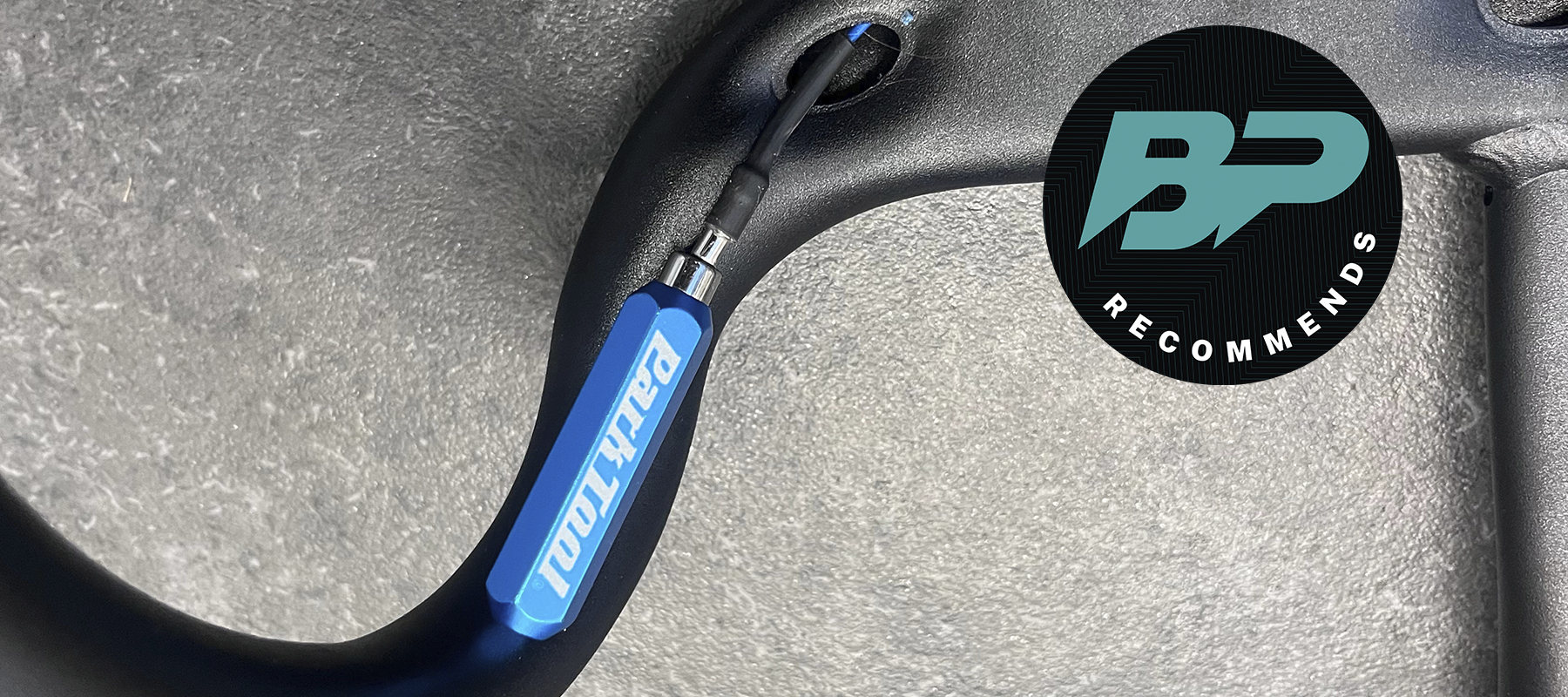Bike Perfect Verdict
This handy tool makes dealing with complicated cable routing less of a headache and is a great addition to the more adventurous home mechanic's toolbox.
Pros
- +
The magnet makes guiding cables an easy task
- +
Makes cable and hose swaps much less stressful
- +
Flexible but stiff enough wires work better than a traditional inner cable for finding port exits
- +
Replaces lots of adapted spokes and cables previously used for this task
- +
Saves a lot of time when building a bike or replacing a cable
Cons
- -
Could do with an inner cable connection option
- -
The Di2 rubber adaptor could be stronger
- -
Probably unnecessary for the less experienced home mechanic
Why trust BikePerfect
Practically all of the best gravel bikes, mountain bikes and e-MTBs feature some form of internal cable routing these days. This can range from simply having the brake hoses go through the frame to complicated aero-biased designs that hide all cables inside bars, stems and frames in ever more complicated setups.
Though often neat looking, they have made the life of a modern mechanic somewhat more complicated, and for those at home it can be a daunting task to change something as straightforward as a gear cable. Most professional mechanics would, in the not-too-distant past, have a selection of bent wires, fishing lines and adapted spokes to help feed lines through frames and hook them out of often tight, difficult to access ports. Park Tool's latest IR-1.3 Internal Cable Routing Kit aims to change that and make living with internal routing a bit less stressful.

Design and specifications
The kit comes in a small, round box, which houses everything neatly and takes up a tiny amount of space in your toolbox. This is great for those who like to take their tools to events and on trips away and need to travel light.
It contains five 188cm (74”) guide cables with different fittings. The thin, braided steel cable is wrapped in a soft, supple coating. It is stiff enough to hold its shape but with enough flexibility to travel around bends in the frame. This balance is important, as you often need to push and pull a cable to get through tight spaces. For example, routing a dropper cable through the frame and around the bottom bracket requires a bit of a push, so it needs to be rigid but not so stiff that it won't bend when guiding around a tight spot.
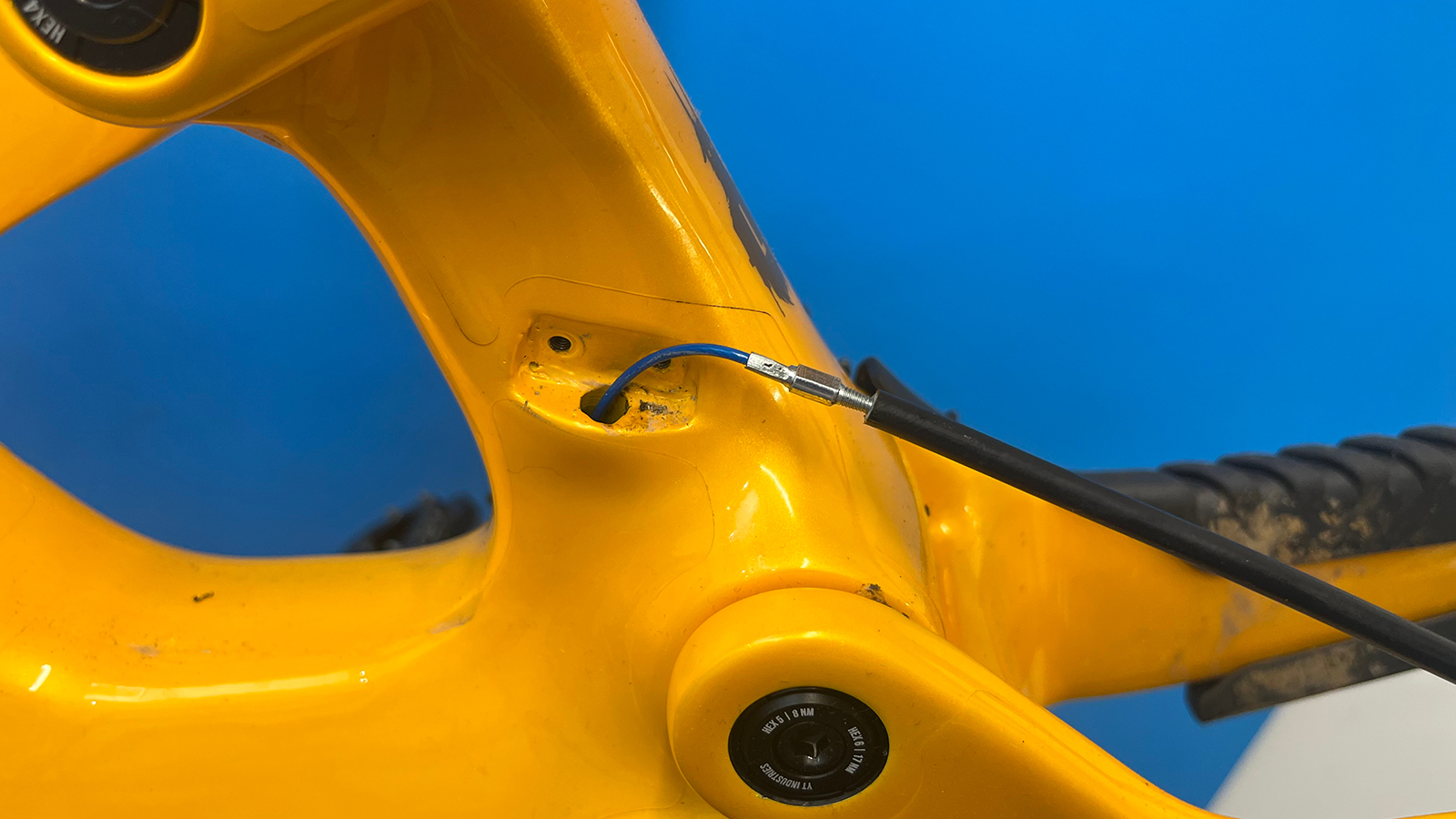
The other clever part included with the kit is the guide magnet. You can locate the guide end inside the frame using magnetism and direct it from the outside to the relevant exit port. It's a great idea and significantly easier than pushing a cable through blindly, seeing it with a torch, and fishing it out using a pick or J-bend spoke head through small exit holes.
The cables are fitted with different ends for various tasks. There's a barbed version that screws into hoses and cable housings and three different adaptors to work on all current electronic cable connections for Di2, FSA and Campagnolo EPS. There is also a reverse polarity magnet that you use in reverse, so by feeding it through the exit port you can find your cable and then drag it out, which is very handy on frames with tricky interior shapes or carbon frames with poor internal finishing.
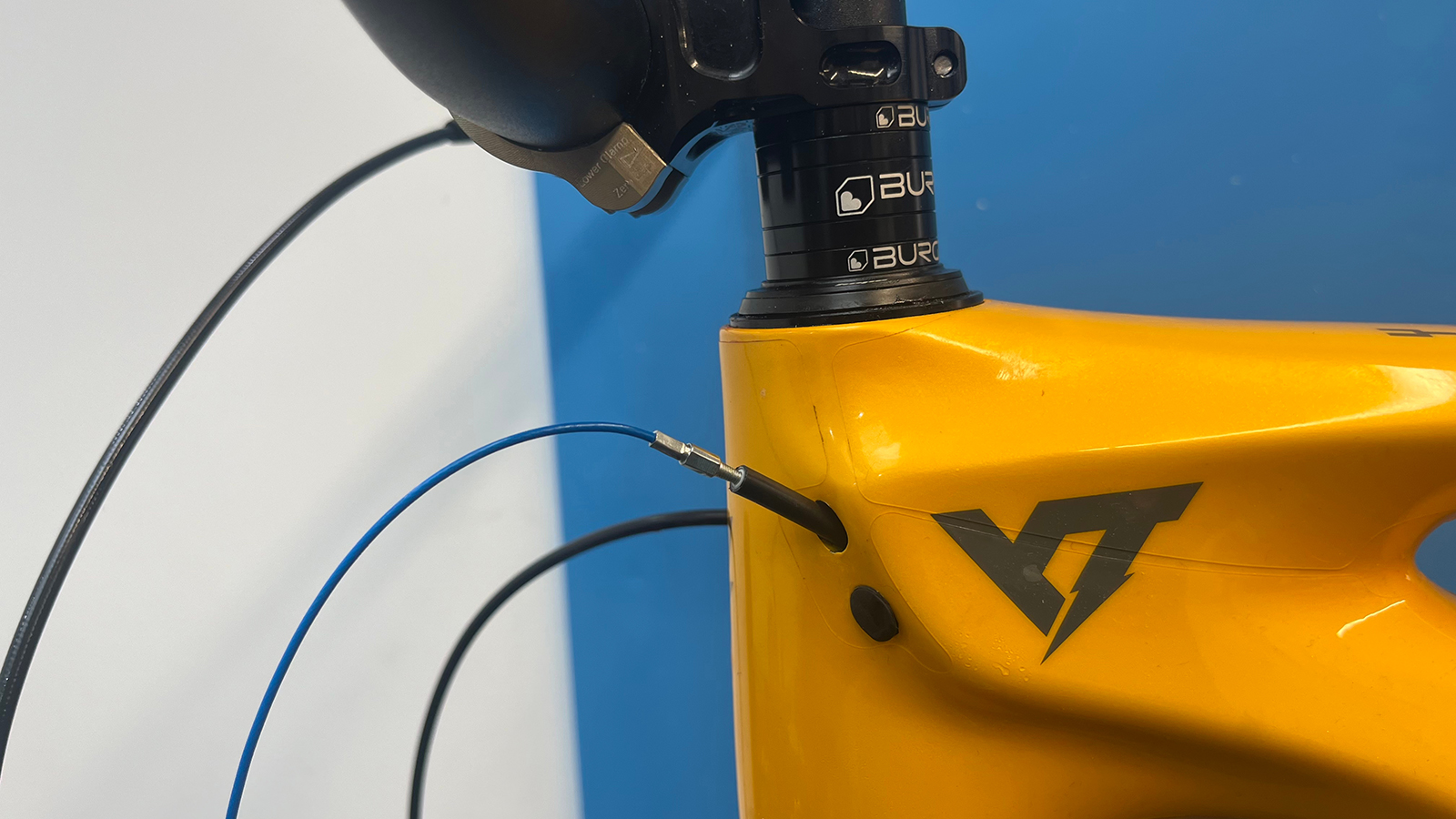
Performance
As a mechanic with over 20 years of building high-end bikes, I've worked on countless frames with overly complicated and often poorly executed internal routing. I dread to think how many hours I've spent trying to fish out cables using a selection of adapted cables and fittings over the years, so I was really keen to see how the IR-1.3 performed.
This is Park's third iteration of the IR Internal Cable Routing Kit, and it's fantastic. I wouldn't say it makes dealing with tight cable routing fun, but it has considerably reduced the amount of swearing and shouting in my workshop! I've used it on everything from fitting dropper cables to tired e-MTBs, to building pro-level gravel and road race bikes with fully hidden cables, and lots in between.
I used the barbed adapter most frequently as it covers more regularly available options, and I tend to change more gear cables and hoses than Di2 wiring. It threads easily into a well-prepared cable outer or housing and hoses and has enough purchase for you to pull with a surprisingly high amount of force if you need to. I find the routing of a dropper cable on an eMTB is usually a particularly tricky task, as the area it goes through above the motor is often very limited on space and is full of wiring looms, so being able to pull through with reasonable gusto is a big help here.
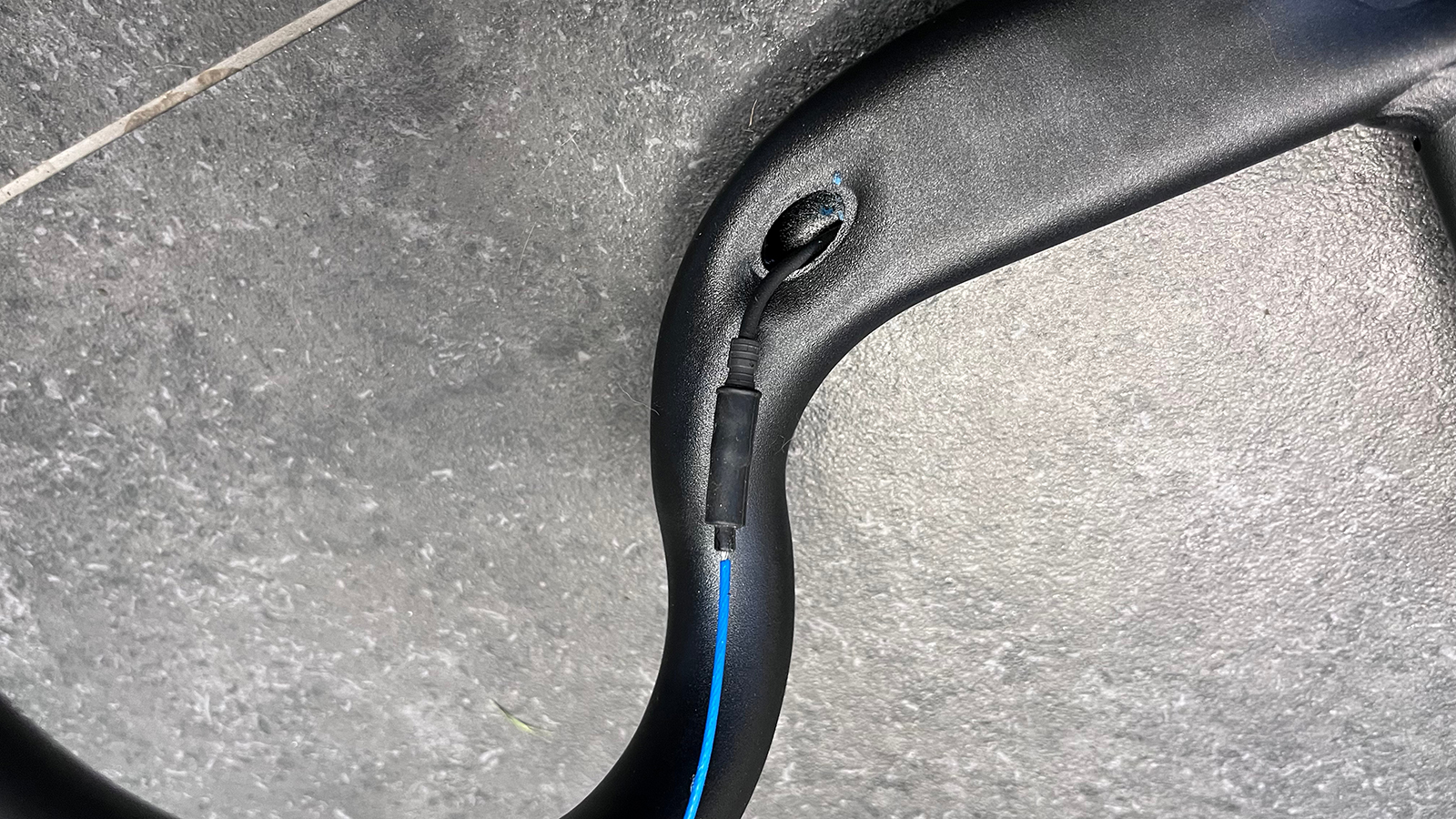
I used the Di2 fittings several times in testing. The specific adaptors that clip into the wires connect well and make short work of fitting. I find the most tricky job with the flexible wires used is feeding them through the handlebars and stems of aero bikes like the Cervelo Aspero 5, and this made the task significantly easier. The rubber over boot style option is more universal and quicker to fit, though it doesn't have the same purchase and can more easily be damaged on tight exit ports than the connection that fits inside the electronic wire end. I like the idea, but the boot needs a more robust connection to the cable for longevity and high-frequency users.
The reverse polarity magnet is also great for tricky dropper post routing, as you can drop it down the seat tube to find the new line, as well as being helpful for frames with interrupted seat tubes where the cable can sometimes snag when pushed up from the bottom bracket area. I also found it very useful for the last section of gear cable on road and gravel frames between the BB and dropout. On many frames, the cable has to go over the axle, causing an awkward bend, which can be tricky to feed a cable through, especially if it has a small exit hole. By feeding the magnet in from the dropout end, I found it much easier to pull through.
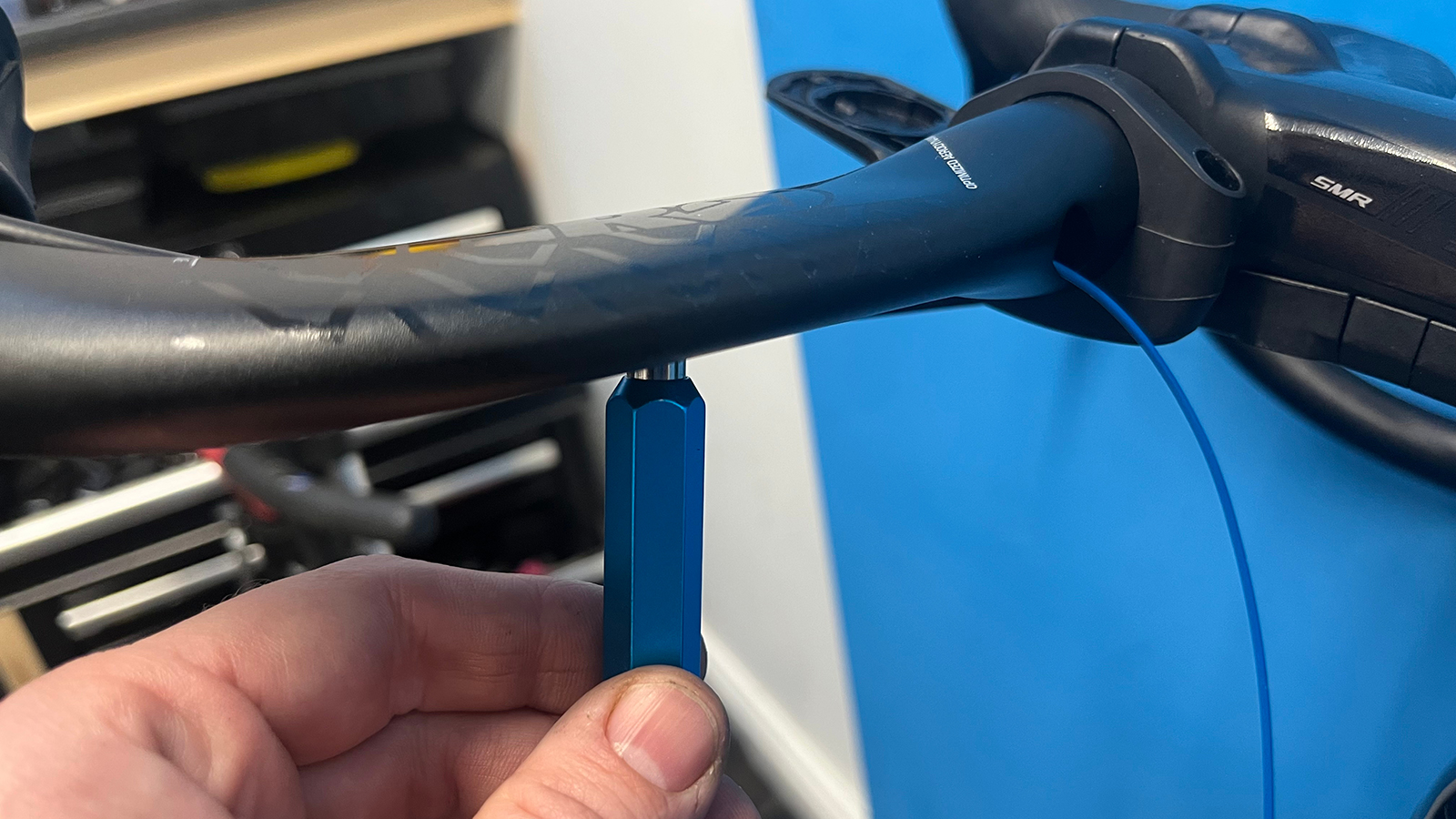
Sadly, there's no option to connect the guide to a normal inner cable. On future versions I'd like to see either an adapted version of the rubber adaptor or some other connection that enables you to feed an inner cable through. Sometimes, on really tight bends with small exit holes, it is easier to put a steel cable in place first, run the outer over it, and use the cable end to pull it through. The barb does a similar job to this, so it's not a deal-breaker but just something I'd like to see.
Value-wise, it's really up to the user. For me, as a product tester and mechanic, it has saved me a lot of valuable workshop time and stress, so I think $72.95 / £69.99 / €103 is a great price, and with no other real options on the market at present, it's in a niche of its own. For the home mechanic, it's a great investment. Like it or loathe it, internal routing is here to stay, and this kit genuinely makes it a less painful task.
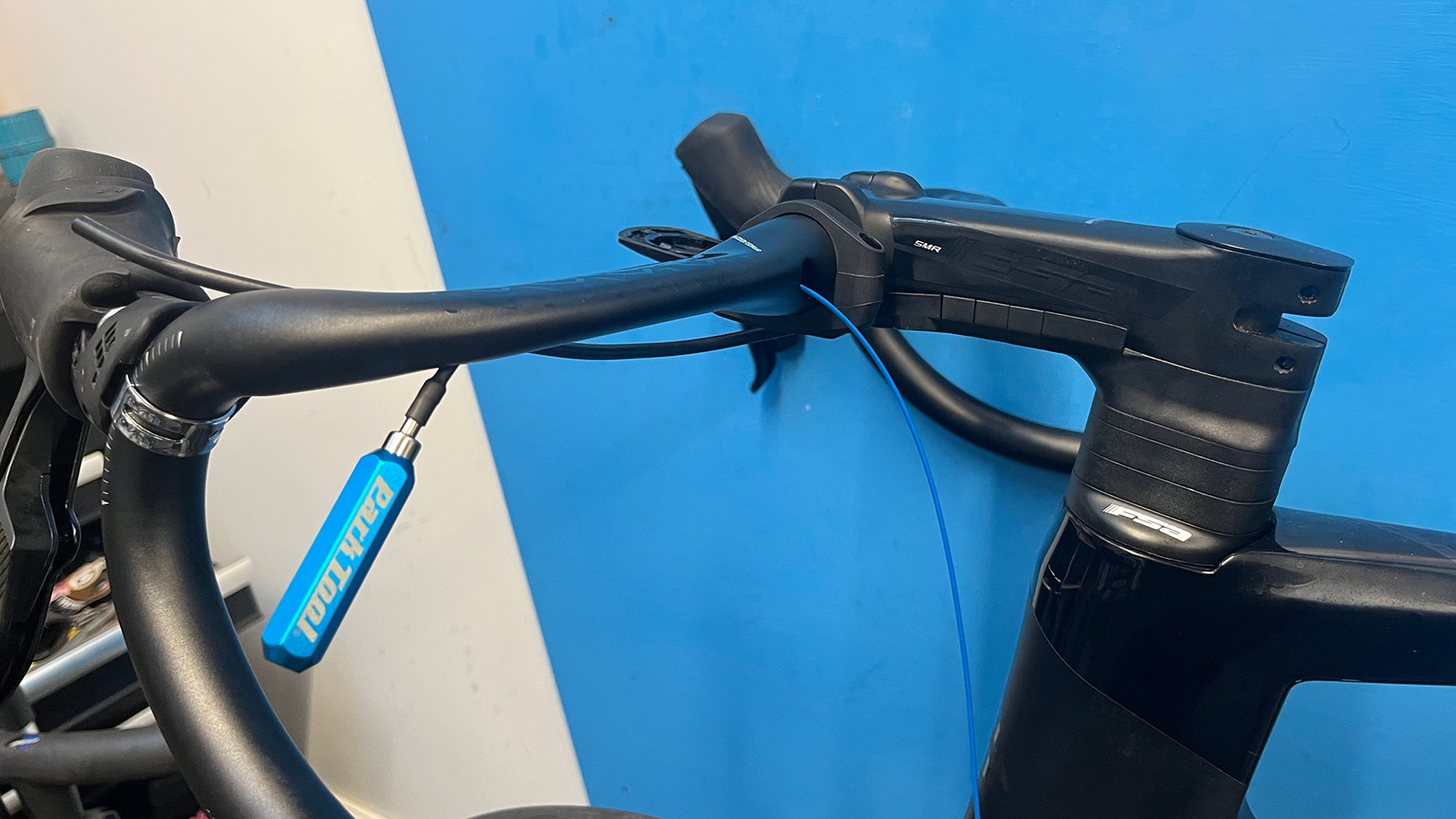
Verdict
A well-executed, clever idea that takes a lot of the stress of internal routing away. I'd like to see an additional option for connecting to inner wires, and the rubber adaptor could be a bit more robust, but these are minor niggles of a unique product that has literally saved me from hours of dealing with awkward cable routing.
Whether or not it's necessary depends on your attitude to working on your own bike, but for me, it's one tool that will now always be in my box, whether at home or away at events.
Tech specs: Park Tool IR-1.3 Internal Cable Routing Kit
- Price: $72.95 / £69.99 / €103
- Weight: 142g
- Details: Five cable fittings supplied, and a high-power magnet

Neal has been riding bikes of all persuasions for over 20 years and has had a go at racing most of them to a pretty average level across the board. From town center criteriums to the Megavalanche and pretty much everything in between. Neal has worked in the bicycle industry his entire working life, from starting out as a Saturday lad at the local bike shop to working for global brands in a variety of roles; he has built an in-depth knowledge and love of all things tech. Based in Sheffield, UK, he can be found riding the incredible local trails on a wide variety of bikes whenever he can
